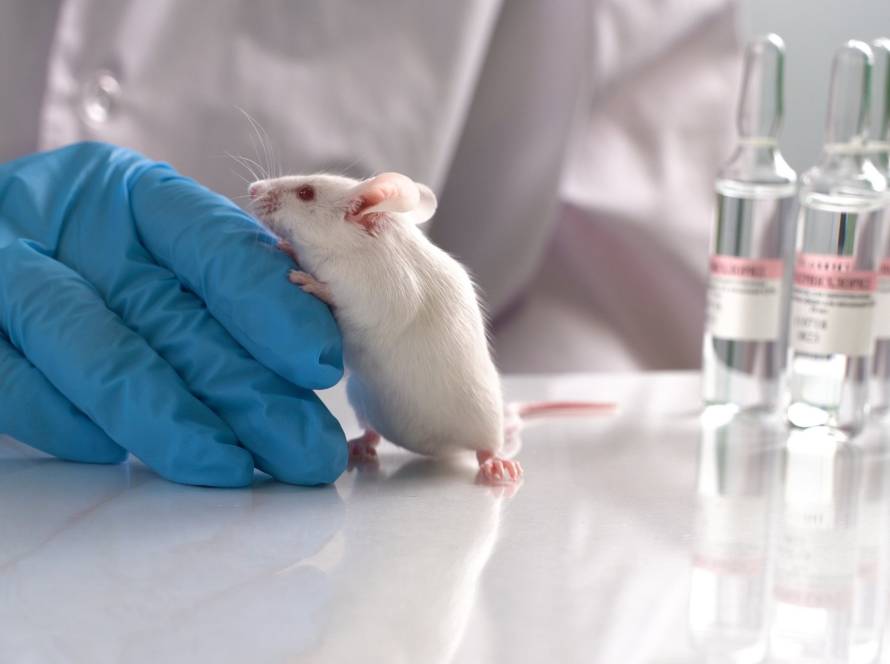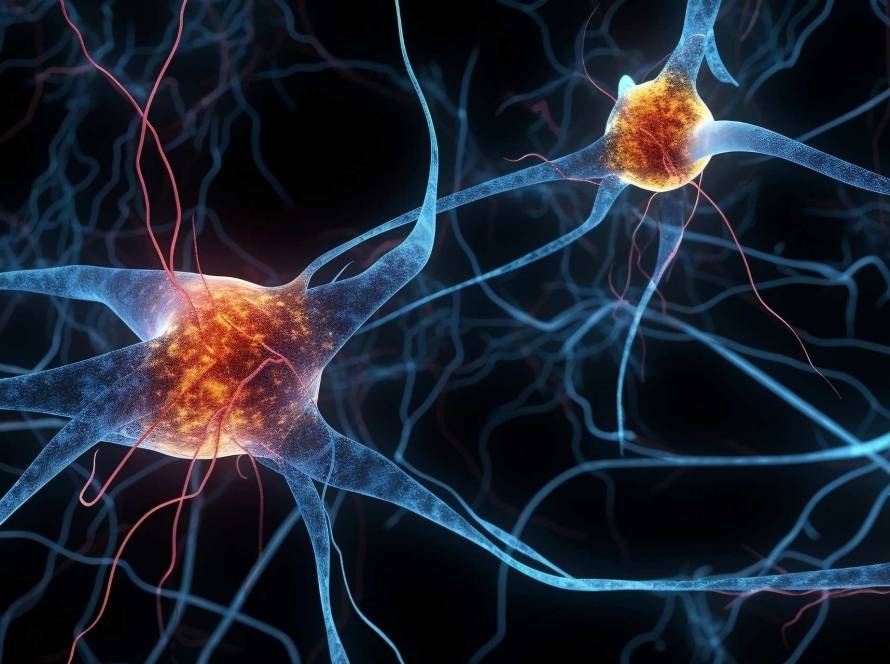Low-density lipoprotein (LDL) cholesterol is often referred to as “bad cholesterol” because elevated levels are linked to the development of atherosclerosis, a condition characterized by the buildup of fatty plaques in arteries. This buildup can restrict blood flow and increase the risk of heart attack and stroke. As we grow older, many people notice an upward trend in their LDL cholesterol levels, even without significant changes in diet or lifestyle.
This article explores the biological reasons why LDL increase with age, the potential health implications and evidence-based strategies to maintain healthy cholesterol levels throughout life.
What is LDL and why does it matter?
The role of LDL in the body
LDL cholesterol is one of the major carriers of cholesterol in the bloodstream. While cholesterol is vital for building cell membranes, producing certain hormones and aiding in fat digestion, it must be carefully regulated. LDL particles transport cholesterol from the liver to various tissues that need it. However, when there is too much LDL in circulation, especially in its small, dense form, it can penetrate the inner lining of arteries and deposit cholesterol there.
This accumulation triggers an inflammatory response, which leads to the formation of plaques and narrowing of the arteries, a process called atherosclerosis. If a plaque ruptures, it can lead to the formation of a blood clot, potentially resulting in a heart attack or stroke.
LDL and cardiovascular risk
Numerous studies have confirmed the strong association between elevated LDL cholesterol and cardiovascular disease (CVD). According to research, lowering LDL is a key strategy in reducing cardiovascular events. The risk increases progressively with higher LDL levels, even within the so-called “normal” range.
Importantly, LDL particles differ in size and density. Small, dense LDL particles are considered more atherogenic, meaning more likely to cause plaque buildup, than larger, more buoyant particles. This detail underscores the complexity of LDL’s role in cardiovascular risk.
Regular monitoring of LDL levels and understanding personal risk factors (like family history, smoking, diabetes and high blood pressure) are essential steps in maintaining heart health, especially as we age.
How does aging affect cholesterol levels?
Natural changes in lipid metabolism
As we age, several biological changes influence how our bodies metabolize fats. The liver becomes less efficient at removing LDL cholesterol from the bloodstream, in part due to a decrease in the number or activity of LDL receptors on liver cells. These receptors are essential for capturing LDL particles and clearing them from circulation.
In addition, the rate of cholesterol synthesis in the liver may remain the same or even increase with age, contributing to higher circulating LDL levels. Older adults may also have slower conversion of cholesterol into bile acids, which can reduce the excretion of cholesterol and result in its accumulation in the blood.
Hormonal influences
Hormonal shifts, particularly the reduction in estrogen during menopause in women, significantly impact lipid profiles. Estrogen is known to upregulate LDL receptors and promote a healthier lipid profile. After menopause, many women experience a rise in total cholesterol and LDL cholesterol. Men also experience a gradual decline in testosterone, which has been associated with changes in body composition and lipid metabolism, potentially contributing to higher LDL levels.
Lifestyle accumulation
Over the years, small lifestyle imbalances, like poor diet, sedentary behavior, weight gain or increased alcohol intake, can contribute cumulatively to higher LDL. Even modest increases in body fat, especially around the abdomen, are associated with worsened lipid profiles. Additionally, aging often comes with reduced physical activity, further decreasing HDL (good cholesterol) and increasing LDL.
Mechanisms behind LDL elevation in older adults
Decreased LDL receptor activity
One of the key reasons LDL levels rise with age is the decline in the function and expression of LDL receptors in the liver. These receptors are responsible for clearing LDL particles from the bloodstream. With fewer or less effective receptors, LDL particles remain in circulation longer, increasing the chances of cholesterol deposition in arterial walls. This receptor decline may be driven by oxidative damage, genetic regulation changes and chronic inflammation.
Increased hepatic cholesterol production
Aging is often accompanied by increased hepatic production of cholesterol and very-low-density lipoproteins (VLDL), which are converted into LDL in the bloodstream. This may be partly due to insulin resistance, which is more prevalent in older adults. Insulin resistance can stimulate liver enzymes such as HMG-CoA reductase, the key enzyme in cholesterol synthesis, contributing to elevated LDL levels.
Oxidative stress and inflammation
As the body ages, oxidative stress and chronic low-grade inflammation become more pronounced. This environment promotes the oxidation of LDL particles, transforming them into oxidized LDL (oxLDL), which is more atherogenic and triggers immune responses in the vascular system. Inflammatory cytokines also impair LDL receptor function and may increase cholesterol synthesis, compounding the problem.
Studies show that aged individuals exhibit higher oxidized LDL but lower susceptibility to in vitro LDL oxidation compared to younger individuals.
Altered lipid transport and metabolism
Aging affects the function of apolipoproteins, the proteins that guide lipid transport and receptor binding. For instance, apolipoprotein B-100, which is essential for LDL interaction with its receptor, may become less effective with age, reducing clearance efficiency. Other proteins like cholesteryl ester transfer protein (CETP) and lecithin-cholesterol acyltransferase (LCAT) may also shift in activity, disrupting normal lipid transport and remodeling processes.
Health consequences of high LDL in older adults
Atherosclerosis and coronary artery disease
The most well-established consequence of elevated LDL cholesterol is atherosclerosis. Over time, LDL particles that penetrate the arterial wall undergo oxidation and contribute to the formation of plaques. These plaques narrow the arteries, reduce blood flow and can rupture, causing life-threatening blood clots. Coronary artery disease (CAD), which results from plaque buildup in the arteries of the heart, is a leading cause of death in older adults worldwide.
Studies have demonstrated a clear, linear relationship between LDL levels and the risk of coronary heart disease. This risk persists even in older populations, contradicting earlier assumptions that cholesterol becomes less relevant with age.
Increased risk of stroke
High LDL cholesterol also increases the risk of ischemic stroke, where a blood clot blocks a vessel supplying the brain. Like coronary arteries, cerebral arteries can become narrowed or blocked by atherosclerotic plaques. Studies identified LDL as a significant modifiable risk factor for stroke in aging populations.
Peripheral artery disease and functional decline
LDL-driven atherosclerosis is not limited to the heart and brain. It can also affect peripheral arteries, especially those in the legs, leading to peripheral artery disease (PAD). PAD is associated with pain, limited mobility and reduced quality of life. In older adults, PAD significantly increases the risk of disability, falls and hospitalization, according to studies.
Cognitive impairment and Alzheimer’s disease
Emerging evidence suggests a potential link between elevated LDL and cognitive decline. Recent studies found that high midlife LDL levels were associated with increased beta-amyloid deposition in the brain, a hallmark of Alzheimer’s disease. While causality has not been firmly established, vascular contributions to cognitive impairment are well supported.
Frailty and all-cause mortality
Frailty is a syndrome of decreased physiological reserves and resilience, more common in individuals with high inflammation and poor cardiovascular health. Elevated LDL may contribute to this decline through vascular dysfunction and chronic low-grade inflammation. A study found that statin use in older adults with high LDL was associated with reduced all-cause mortality and fewer cardiovascular events, underscoring the potential value of LDL control in aging.
How to manage and reduce LDL as we age
Dietary changes
Adopting a heart-healthy diet is one of the most effective ways to lower LDL cholesterol. The Mediterranean diet, rich in fruits, vegetables, whole grains, legumes, fish and healthy fats like olive oil, has consistently been associated with lower LDL levels and reduced cardiovascular risk. Soluble fiber, found in oats, flaxseed, beans and apples, helps reduce LDL by binding cholesterol in the digestive tract and removing it from the body.
Limiting saturated fats (from red meat and full-fat dairy) and eliminating trans fats (often found in processed foods) also contribute significantly to lowering LDL.
Physical activity
Regular exercise helps improve lipid profiles by raising HDL (good cholesterol) and lowering LDL. Aerobic activities like walking, swimming or cycling, when practiced at moderate intensity for at least 150 minutes per week, are especially effective. Resistance training further supports metabolic health and reduces body fat, which is closely tied to LDL levels.
Weight management
Losing excess weight can significantly reduce LDL levels. Studies show that even a modest weight loss of 5–10% of body weight can lead to meaningful improvements. Aging is often accompanied by metabolic slowing and muscle loss, so maintaining muscle mass through resistance training and prioritizing nutrient-dense, low-calorie foods is important.
Medications
For individuals with high LDL levels who are unable to achieve target levels through lifestyle changes alone, statins are the most commonly prescribed medications. They work by inhibiting the liver enzyme HMG-CoA reductase, which plays a key role in cholesterol synthesis. Other options include ezetimibe (which blocks cholesterol absorption in the gut), PCSK9 inhibitors and bile acid sequestrants.
Guidelines from the American College of Cardiology recommend statin therapy for most adults over age 75 with elevated LDL or known atherosclerotic disease, even in the absence of symptoms.
Monitoring and personalized interventions
Regular blood tests to measure lipid levels are essential, especially in older adults. Advanced testing that evaluates LDL particle size and number may offer deeper insights into cardiovascular risk. Consulting a healthcare provider allows for individualized plans based on genetics, comorbid conditions and response to interventions.
Combining lifestyle interventions with medical supervision ensures a comprehensive strategy to manage LDL and promote healthy aging.
LDL cholesterol plays a crucial role in our health, particularly as we age. While it serves important biological functions, elevated LDL, especially in its oxidized form, is a well-documented risk factor for cardiovascular disease, stroke, cognitive decline and frailty. Aging brings about several metabolic and hormonal changes that can lead to a natural increase in LDL levels, further compounded by lifestyle factors.
A proactive approach to managing LDL is not just about adding years to life, but adding life to those years, preserving mobility, independence and vitality.


